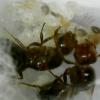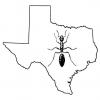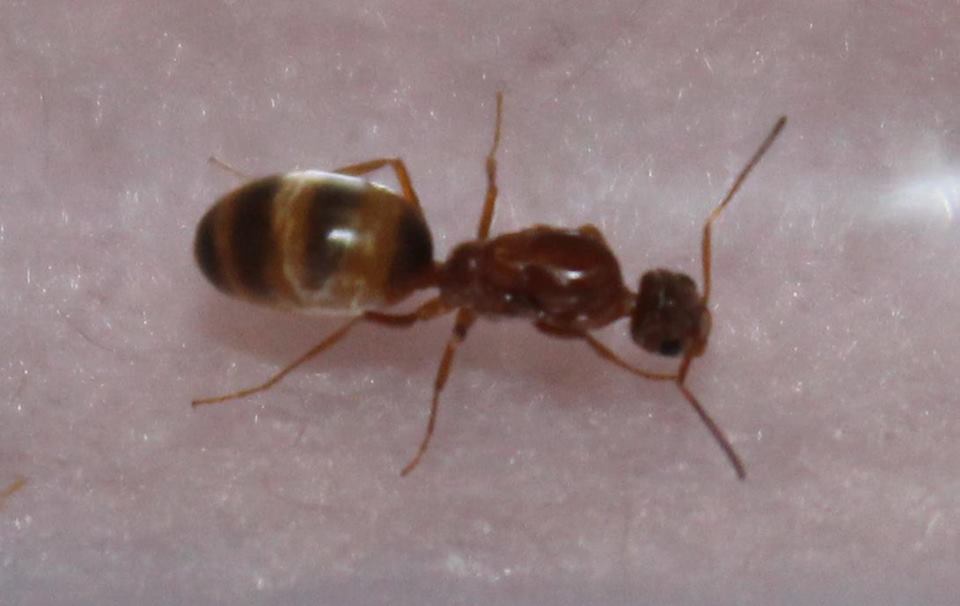This is 'probably' the same species that I recently posted for an ID
http://www.formicult...ty-texas-70815/
Body:
1. Location of collection Suburbs
2. Date of collection 7/09/15
3. Habitat of collection Hole underneath a tree in a field. The area was dominated with small yellow ants that looked similar to the previous ID thread. Was perhaps a mile away or more though.
4. Length 7mm
5. Coloration, hue, pattern and texture Dark brown head, brown body and legs and brown stripes on a honey colored gaster. Possibly swollen.
6. Distinguishing characteristics One erect petiole mostly covered by gaster
7. Nest description Was just a small hole with a small crescent pile of dirt.
http://www.formicult...entified-queen/

Edited by BrittonLS, July 9 2015 - 3:19 PM.



















